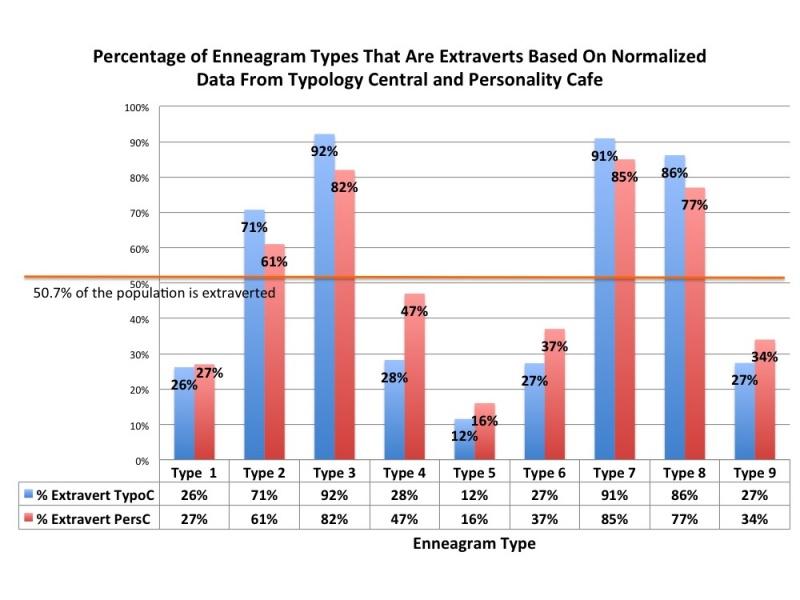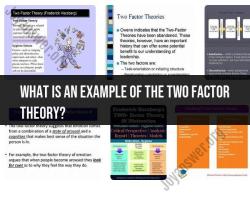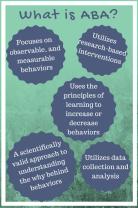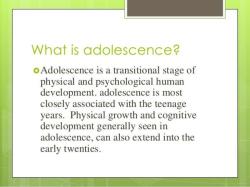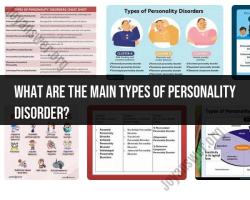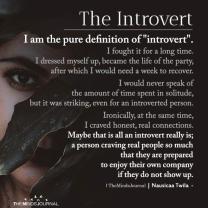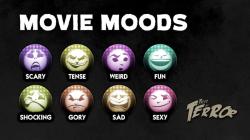Are there any correlations between Enneagram and MBTI?
The Enneagram and the Myers-Briggs Type Indicator (MBTI) are two distinct personality systems that approach personality from different perspectives. While there is no direct correlation between specific Enneagram types and MBTI types, some individuals find value in exploring both systems to gain a more comprehensive understanding of their personality.
Enneagram:
The Enneagram is a system that categorizes individuals into nine basic personality types, each with its core motivations, fears, and desires. These types are often represented in a diagram as points on a circle, and each type is interconnected with others through lines that indicate potential growth and stress patterns.
MBTI:
The Myers-Briggs Type Indicator categorizes individuals into 16 personality types based on four dichotomies:
- Extraversion (E) or Introversion (I)
- Sensing (S) or Intuition (N)
- Thinking (T) or Feeling (F)
- Judging (J) or Perceiving (P)
Each of these dichotomies results in a four-letter code, such as ISTJ or ENFP, representing a person's preferences in how they interact with the world, process information, make decisions, and organize their lives.
Correlations:
While there is no direct mapping between specific Enneagram types and MBTI types, some enthusiasts and psychologists have observed certain patterns or tendencies. However, these correlations are not universally agreed upon, and individuals of the same MBTI type can identify with different Enneagram types, and vice versa.
For example, some have suggested that certain Enneagram types may be more common among specific MBTI types. However, it's crucial to approach these correlations with caution, as personality is complex and influenced by various factors, including upbringing, life experiences, and personal development.
In summary, while some people find value in exploring both the Enneagram and MBTI to gain a more nuanced understanding of their personality, these systems operate independently of each other. It's essential for individuals to consider their unique combination of traits, preferences, and motivations rather than relying solely on one system or attempting to directly align the two. Both the Enneagram and MBTI offer valuable insights into different aspects of personality, and individuals may choose to use them in conjunction for a more holistic perspective.
Personality frameworks: Are there any correlations between Enneagram and MBTI?
Yes, there are some correlations between the Enneagram and the Myers-Briggs Type Indicator (MBTI). Both personality frameworks are popular tools for understanding human personality and behavior. However, it is important to note that the two frameworks are not interchangeable.
The Enneagram is a system of nine personality types, each with its own unique core motivation and defense mechanism. The MBTI, on the other hand, is a system of four dichotomies: introversion vs. extraversion, sensing vs. intuition, thinking vs. feeling, and judging vs. perceiving.
While the Enneagram and MBTI are different frameworks, they do share some common ground. For example, both frameworks recognize the importance of introversion and extraversion, sensing and intuition, and thinking and feeling.
Exploring potential connections and overlaps between Enneagram and Myers-Briggs Type Indicator (MBTI)
Here is a table that shows some of the potential connections and overlaps between the Enneagram and MBTI:
| Enneagram Type | MBTI Type |
|---|---|
| Type 1: The Perfectionist | INTJ, INTP |
| Type 2: The Helper | INFJ, ENFJ |
| Type 3: The Achiever | ESTP, ENTJ |
| Type 4: The Individualist | INFP, ISFP |
| Type 5: The Investigator | INTP, INFP |
| Type 6: The Loyalist | ISFJ, ISTJ |
| Type 7: The Enthusiast | ESTP, ESFP |
| Type 8: The Challenger | ENTJ, ESTJ |
| Type 9: The Peacemaker | INFP, ISFP, INFJ, ISFJ |
It is important to note that these are just general correlations. There is no one-to-one correspondence between the Enneagram and MBTI types.
Tips for individuals interested in understanding and integrating both personality frameworks
Here are some tips for individuals interested in understanding and integrating both personality frameworks:
- Start by learning more about each framework. Read books and articles about the Enneagram and MBTI. Take online assessments to determine your Enneagram and MBTI types.
- Reflect on your own personality. Consider your strengths and weaknesses, your core motivations, and your defense mechanisms.
- Compare and contrast your Enneagram and MBTI types. What similarities and differences do you see?
- Identify how the two frameworks can be integrated. For example, you can use the Enneagram to understand your core motivation and the MBTI to understand your cognitive functions.
- Use both frameworks to help you grow and develop as a person. The Enneagram and MBTI can provide valuable insights into your personality and help you to identify areas where you can improve.
By understanding and integrating both the Enneagram and MBTI, you can gain a deeper understanding of your own personality and how you interact with the world around you.
